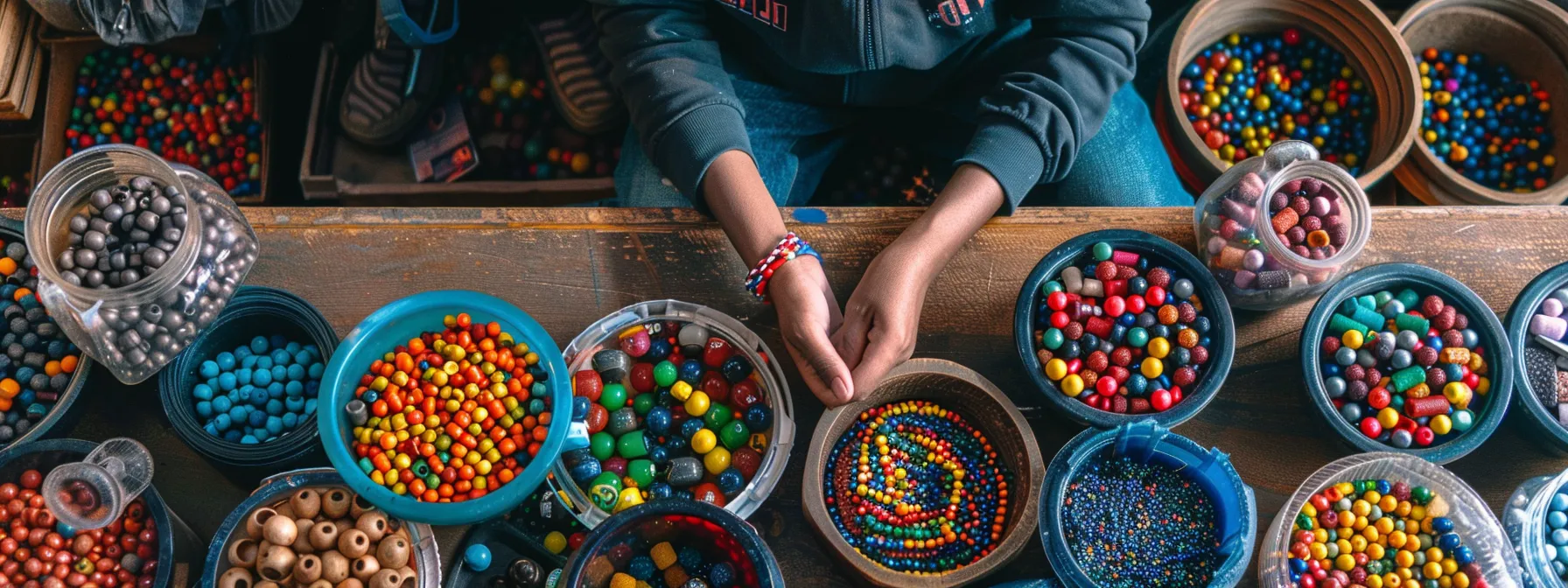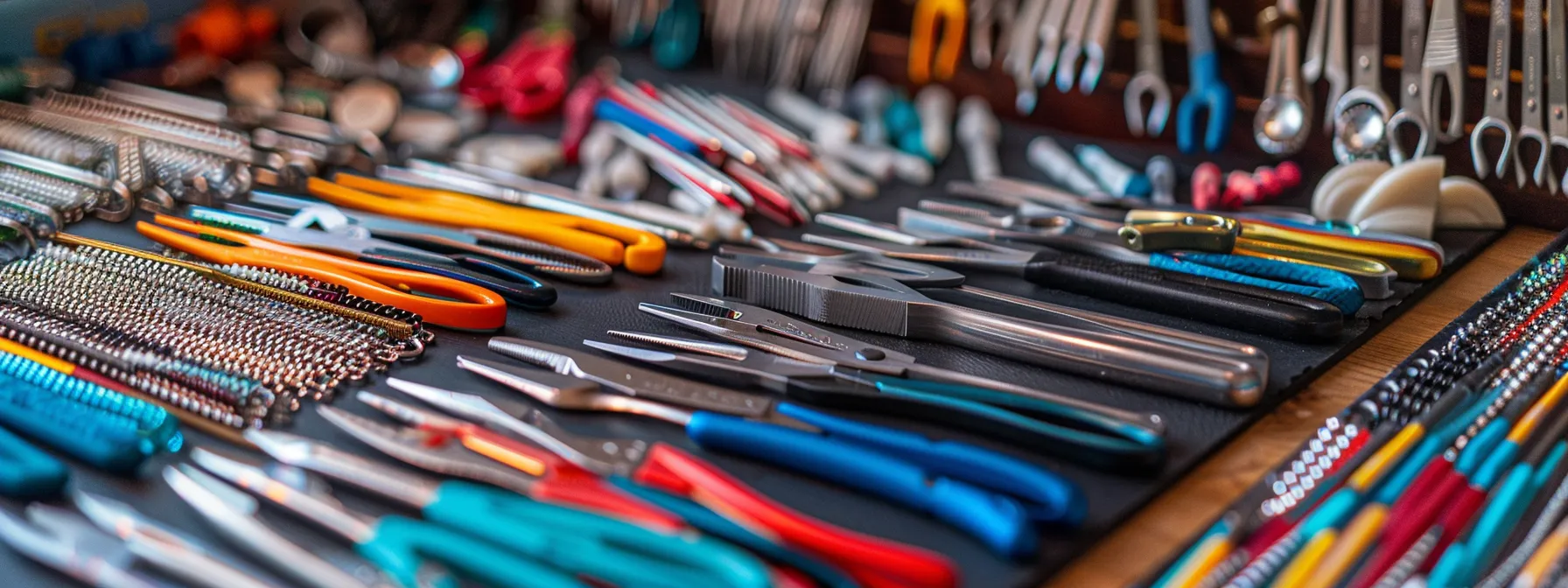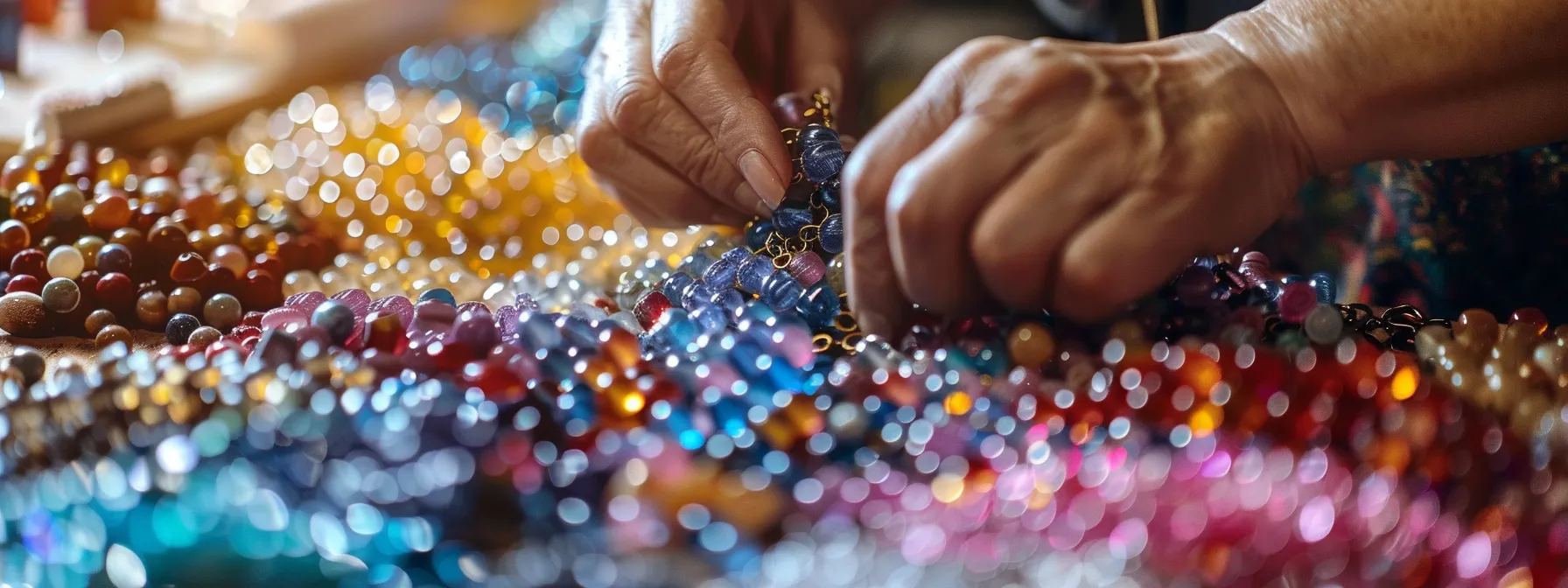Essential Tools Every DIY Bead Jewelry Maker Should Have
Essential Tools Every DIY Bead Jewelry Maker Should Have
In the world of DIY bead jewelry making, having the right tools can turn a frustrating project into a joyous creation. Just like a painter needs brushes and a carpenter needs hammers, bead jewelry makers require specific tools to bring their designs to life. From the selection of beads to the final closure, each step demands precision and care. Understanding the essentials in your toolkit is crucial to crafting beautiful, durable jewelry. Below, we lay out the must-haves for any aspiring or seasoned jewelry artist.
The Essential Toolkit for Bead Jewelry Crafting

At the heart of bead jewelry making is the basic toolkit. Round-nose pliers, flat-nose pliers, and wire cutters are the triad that form the foundation. These tools help manipulate wire, create loops, and trim excess material. Without them, it’s nearly impossible to construct or finish any bead jewelry item.
Additional to the core pliers, a bead mat or a soft cloth is valuable during the beading process. It prevents beads from rolling away and provides a contrast background to your materials, making it easier to work with small pieces. A trusty pair of scissors is also a non-negotiable tool for cutting threads and fabrics.
Stringing Materials and Bead Organizers: A DIY Jewelry Maker’s Best Friends

The diversity of stringing materials offers countless possibilities for bead jewelry design. Bead wire, for example, is a strong choice for projects needing structure and durability. Elastic beading cord suits stretchy bracelets, while nylon thread works for projects requiring a more drapey and flexible construction.
Of equal importance is the organization of your beads and findings. A guitar shaped bead storage box keeps your beads neatly sorted, and it adds an element of charm to your crafting area. Clear compartment boxes or stackable containers can avert the mixing of bead sizes and colors, which makes it quicker and more enjoyable to find the perfect bead for your project. It’s important that the wooden box if made of exceptional quality to guarantee that all beads are protected.
For those who frequently transport their projects, portable bead organizers with secure lids are invaluable. They protect your materials from dust and spillage and keep your beads in pristine condition. The value of a good organizer cannot be overstated—it saves time and prevents the headache of untangling or sorting through a jumbled mess of beads.
Navigating the World of Beading Pliers: Must-Haves for DIY Jewelry Makers

Pliers are arguably the most essential tools in a DIY jewelry maker’s toolbox. Round-nose pliers are crucial for bending wire into perfect loops and curves, which is important for making clasps, charms, and links between beads and findings. Their conical shape allows for a variety of loop sizes, which offers versatility in your designs.
Flat-nose pliers, with their broad, flat surface, are excellent for creating sharp bends and holding pieces securely without scratching or denting them. They are also used to open and close jump rings, a common task in jewelry assembly. Some jewelers opt for chain-nose pliers, which have a similar design but with a narrower tip, granting access to tighter spaces.
Crimping pliers are specialized tools designed to secure crimp beads, the tiny beads used to finish off wire loops. Their notched jaws allow jewelers to both crimp and round off crimp beads for a neat and secure finish. This is an indispensable tool if you’re working with beading wire.
Choosing the Right Beads and Findings for Your Jewelry Projects

Selecting the right beads is key to achieving the desired look and feel for your handmade jewelry. Glass beads bring elegance and shine, while wooden beads offer a natural and earthy vibe. Seed beads provide a delicate touch for detailed work, and metal beads add weight and a cool industrial edge.
Findings are another essential aspect of bead jewelry making. Clasps, ear wires, jump rings, and crimp beads are just a few components that bring your piece together. Quality findings not only make your jewelry look more professional but also ensure that it holds together and functions well.
It’s also important to consider the material of your beads and findings in relation to the wearer. If you’re designing for someone with metal allergies, you’ll need to select hypoallergenic options such as surgical steel or sterling silver. For environmentally conscious consumers, sustainable and reclaimed materials might be preferred.
Altogether, the success of a DIY bead jewelry project hinges on the tools and environment. From essential pliers to the perfect lighting, each element plays a critical role in crafting intricate and stunning pieces. Whether you’re a beginner or a seasoned maker, investing in the right tools will elevate your creativity and make the jewelry-making process a true joy.